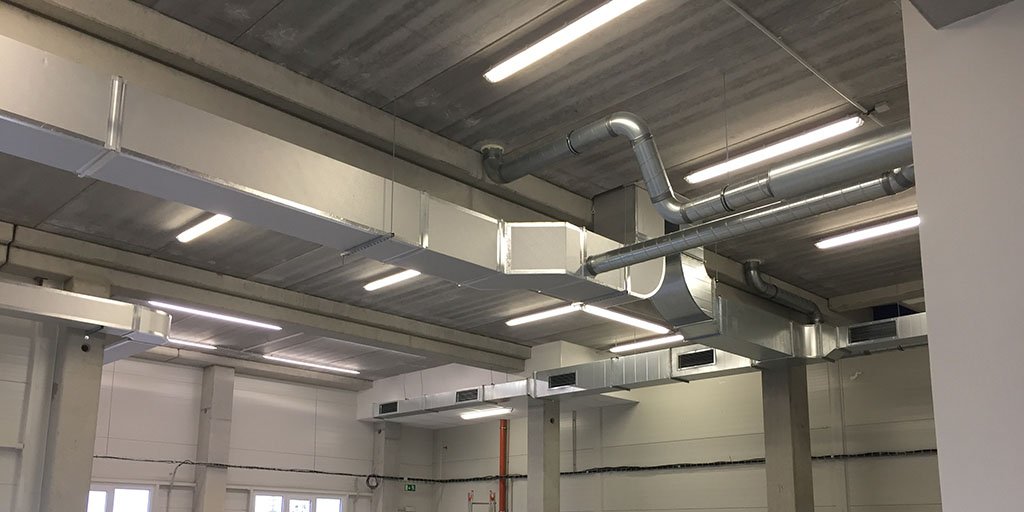Duct systems are an important part of any HVAC system. They are responsible for distributing conditioned air throughout a building. Ductwork is typically made from sheet metal, but can also be made from other materials such as fibreglass or plastic.
Duct systems can be either direct or indirect. Direct duct systems supply conditioned air directly to the rooms that need it. Indirect duct systems first condition the air and then distribute it to the rooms through a series of vents.
Leading spiral duct suppliers tell us that ductwork must be properly sized in order to function properly. If the ductwork is too small, the air will not be able to flow freely and may cause pressure problems. If the ductwork is too large, the air will not be properly conditioned and may not reach the desired temperature.
Duct systems can be either forced or gravity fed. Forced duct systems use a blower to push air through the ductwork. Gravity-fed duct systems rely on the natural draft of the building to draw air through the ductwork.
Ductwork must be properly insulated in order to prevent heat loss or gain. Insulation also helps to control noise levels from the HVAC system.
Duct systems can be either round or rectangular in shape. Round ductwork is more efficient than rectangular ductwork because it has less air resistance. Rectangular ductwork is typically used when space is limited, such as in crawlspaces or attics.
Properly designed and installed ductwork is essential for any HVAC system to function properly. If you are having problems with your HVAC system, it is important to have a professional inspect your ductwork to ensure that it is functioning properly.
Some basic principles of duct design include:
– Sizing: Ducts should be sized properly to ensure optimal airflow. Too small of a duct will restrict airflow and may cause problems with the HVAC system. too large of a duct will result in wasted energy and increased costs.
– Material: The material used for the ductwork should be appropriate for the application. For example, rigid metal ductwork is often used in industrial applications where high temperatures are present. Flexible ductwork is often used in residential applications where space is limited.
– Insulation: Ductwork should be properly insulated to prevent heat loss or gain. This can help to improve the efficiency of the HVAC system and maintain comfortable indoor temperatures. Ductwork should be installed properly to ensure optimal airflow and avoid potential problems. Poorly installed ductwork can cause a number of problems, including decreased airflow, noise issues, and reduced efficiency.

